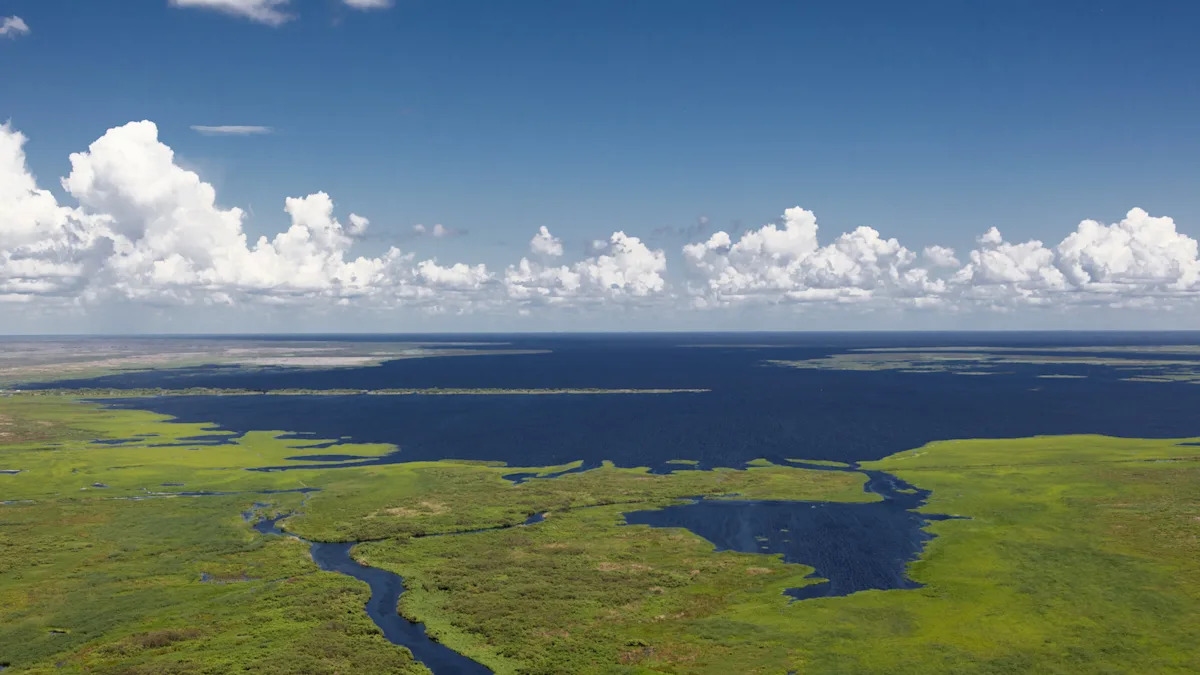Home / Environment / Toxic Algae Blooms Plague Florida's Iconic Lake Okeechobee
Toxic Algae Blooms Plague Florida's Iconic Lake Okeechobee
24 Oct
Summary
- Lake Okeechobee is Florida's largest freshwater lake, home to abundant wildlife
- Water quality analysis in 2025 found it to be the dirtiest lake in the US
- Toxic blue-green algae blooms pose serious health risks to humans and pets

Lake Okeechobee, Florida's largest freshwater lake, has long been known as the "Gator Capital" and the "liquid heart" of the Sunshine State. However, a recent analysis in 2025 has revealed a troubling reality: Lake Okeechobee is now the dirtiest lake in the United States.
The lake's waters have been contaminated by agricultural runoff for nearly a century, leading to an explosion of toxic blue-green algae, or cyanobacteria. These algae blooms can release harmful toxins that can irritate the skin and eyes, cause flu-like symptoms, and even damage the liver and nervous system in severe cases. Researchers have found that the water in Lake Okeechobee during the summer of 2025 contained more than enough of these dangerous cyanobacteria to pose a threat to human and animal health.
Despite its reputation as a thriving ecosystem teeming with alligators, snakes, and a variety of bird species, Lake Okeechobee is no longer a safe place for swimming or recreation. Experts warn that it could take decades to resolve the lake's pollution issues, even if immediate action is taken to address the agricultural runoff. In the meantime, visitors are advised to admire the lake's natural beauty from a safe distance and avoid any direct contact with the water.




